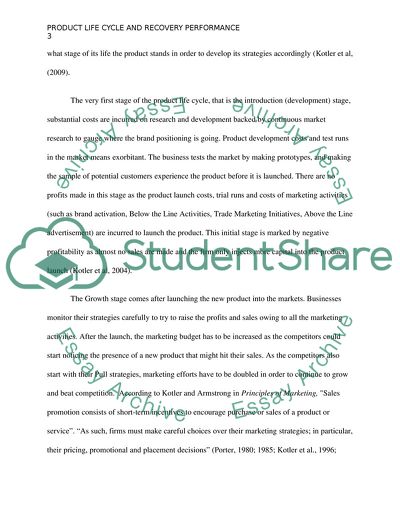Cite this document
(Product Life Cycle and Cost Recovery Performance Literature review, n.d.)
Product Life Cycle and Cost Recovery Performance Literature review. https://studentshare.org/marketing/1744743-product-life-cycle-edited-request-writer-stephen-20988
Product Life Cycle and Cost Recovery Performance Literature review. https://studentshare.org/marketing/1744743-product-life-cycle-edited-request-writer-stephen-20988
(Product Life Cycle and Cost Recovery Performance Literature Review)
Product Life Cycle and Cost Recovery Performance Literature Review. https://studentshare.org/marketing/1744743-product-life-cycle-edited-request-writer-stephen-20988.
Product Life Cycle and Cost Recovery Performance Literature Review. https://studentshare.org/marketing/1744743-product-life-cycle-edited-request-writer-stephen-20988.
“Product Life Cycle and Cost Recovery Performance Literature Review”. https://studentshare.org/marketing/1744743-product-life-cycle-edited-request-writer-stephen-20988.


